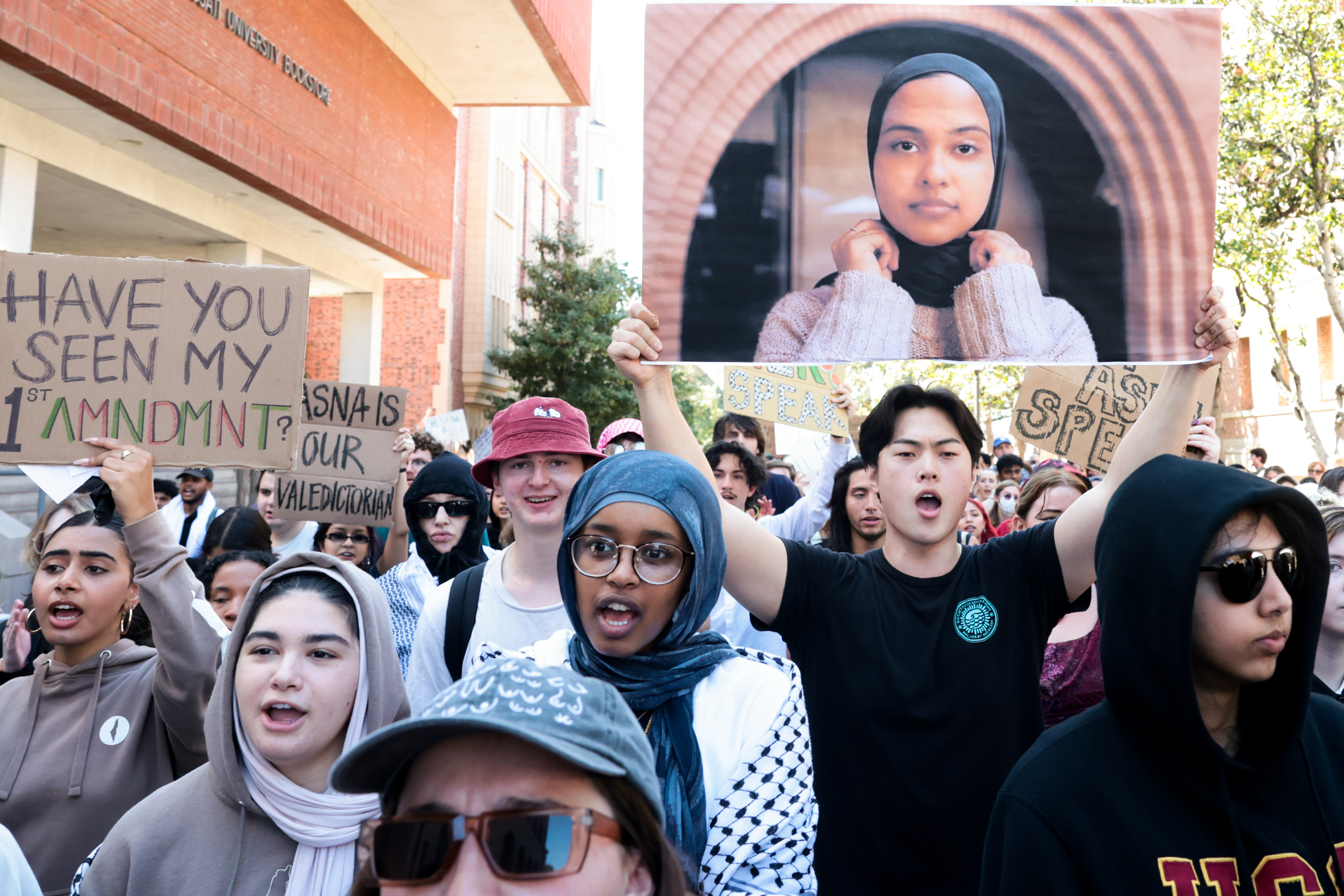San Jose Mayor Sam Liccardo and local government officials on Monday drank treated toilet water to dramatize a $612 million project to produce a "drought-proof" supply of drinking water through purification.
Liccardo, Santa Clara Mayor Jaime Matthews and officials from the Santa Clara Valley Water District held a news conference at the district's Silicon Valley Advanced Purification Center in north San Jose to call on state legislators to exempt the water-recycling project from environmental rules that could delay the start of construction of the plant by nearly two years.
Liccardo, Matthews and several other dignitaries downed some recycled, purified wastewater from the glass flasks, with Liccardo saying it tasted "delicious."
The project, part of a master plan by San Jose and the water district, calls for spending about $612 million to greatly expand the purification center to create drinking water from wastewater and upgrade several reservoirs, city officials said.
Their call to accelerate the use of recycled wastewater for drinking came nearly four weeks after Gov. Jerry Brown directed the State Water Resources Control Board to require cities all over California to cutback on water to reduce usage by 25 percent, citing the lowest snowpack ever recorded.
The facility currently converts wastewater from places like kitchens, showers and bathroom toilets to indirect potable reuse, an advanced method of creating drinkable water after sending advanced purified wastewater through percolation ponds and allowing it to seep into underground aquifers before extracting it.
The center was funded in part through the city of San Jose, the federal American Recovery and Re-Investment Act and state Department of Water Resources. Since opening the center last year, district staff has been monitoring the water quality, which city and district officials have described as excellent.
U.S. & World
The water district is currently prohibited by law from allowing the use of the treated wastewater for drinking, district officials said.
Liccardo and officials from the district, Santa Clara, Campbell and Los Gatos and the Silicon Valley Leadership Group will seek to convince Brown and state lawmakers to exempt the recycling project from the California Environmental Quality Act, or CEQA, officials said.
The exemption would permit them to "fast track" its construction and begin to produce 35,000 acre-feet a year, enough drinking water to supply about 175,000 people, by 2020, city and district officials said.
"We are so grateful to have everybody united in this effort, pushing forward," Liccardo said.
"The critical thing for us at this point is to be able to have the regulatory pathway to make it happen," he said. "We know that this is a technology that's proven, it's safe."
"There's also opportunities for public-private partnerships which we believe may move this even faster, which will be critical for us," Liccardo said. "I think we all recognize time is of the essence and so we will also be talking to private parties as well."
Matthews said that "all the water discharged in the Bay currently can be redirected for uses that can be really beneficial for us and make it so that we're self-sustainable."
District board chairman Gary Kremen said the recycling project would provide a locally controlled water supply for the future.
Carl Guardino, chief executive officer of the leadership group, said that even if the current severe drought that California is experiencing ends soon, "reusing the water we have is sound policy both from an environmental and an economic sense."
The center's process for purifying wastewater involves three steps. First the water goes through microfiltration in which it is sent through pipes, each containing 6,300 plastic straw-like tubes to remove materials down to 0.1 micron, eliminating pathogens, bacteria and viruses, district spokeswoman Pat John said.
Then, reverse osmosis takes place in pipes with synthetic plastic, which John called "the heart and soul of advanced treatment purification," and continues to remove viruses and even dissolved salts.
Finally the water is disinfected with ultraviolet light, John
said.
Currently the water is sent to a product storage tank that is blended and distributed to about 800 customers for large commercial irrigation and industrial uses, she said.



